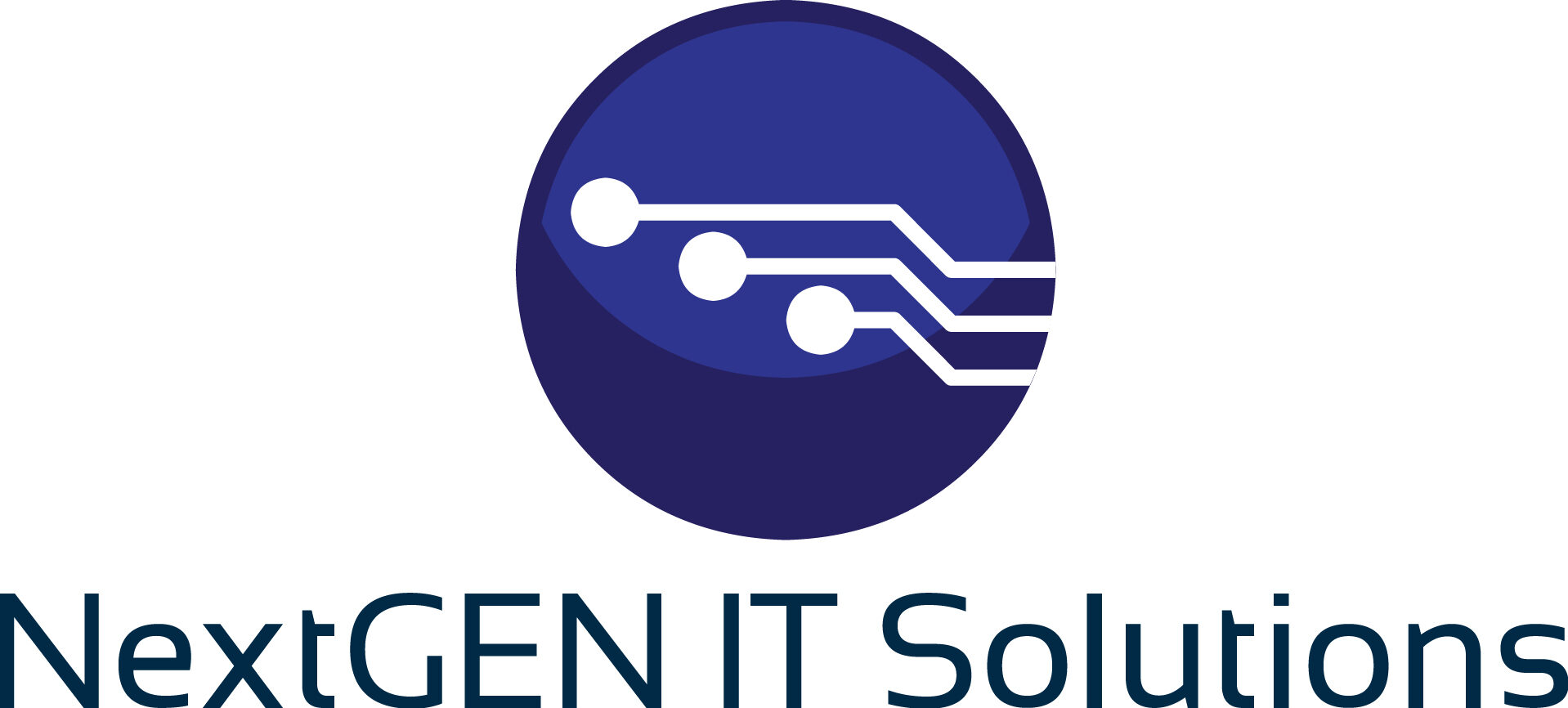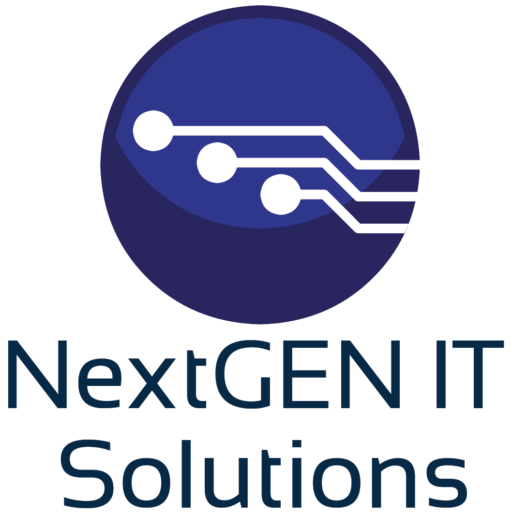Why IT Documentation is Critical for Business Continuity

The Importance of IT Documentation for Business Continuity
Imagine this: Your network goes down, your lead technician is on vacation, and no one knows how to bring your systems back online. Or worse—your business suffers a ransomware attack, and you can’t access critical infrastructure details needed for recovery.
In moments like these, IT documentation becomes your lifeline.
At NextGEN IT Solutions, we work with small and mid-sized businesses across Pennsylvania to develop robust documentation strategies that improve operations, reduce risk, and ensure business continuity. In this post, we’ll show you why IT documentation for business continuity is essential in 2025—and what your business needs to stay resilient.
What is IT Documentation?
IT documentation is the written blueprint of your entire technology environment. It includes network diagrams, system configurations, vendor contacts, access credentials, security policies, and procedures for incident response and disaster recovery.
The goal is simple: Ensure that critical IT knowledge doesn’t live in one person’s head.
Whether you’re a growing SMB or an enterprise with multiple locations, well-organized documentation enables faster troubleshooting, smoother onboarding, and reduced downtime during disruptions.
How IT Documentation Supports Continuity and Compliance
In the context of business continuity, documentation plays several critical roles:
🚨 Faster Incident Response
- Knowing exactly where your data lives and how your systems are configured allows teams to respond swiftly during an outage or breach.
🔁 Streamlined Disaster Recovery
- With accurate recovery plans and system snapshots, restoration becomes a well-orchestrated process instead of a chaotic scramble.
✅ Regulatory Compliance
- Frameworks like HIPAA, GLBA, NIST, and ISO require formal documentation of systems, policies, and response plans.
👨💼 Staff Turnover Protection
- When key IT staff leave, documentation ensures new personnel can pick up where they left off.
At NextGEN, we use standardized documentation platforms like IT Glue and Hudu to ensure your data is secure, centralized, and always up-to-date.
Key Documents Every Business Should Maintain
Not sure where to start? Here are the essential documents every business needs for resilience and recovery:
Network Diagrams and Infrastructure Maps
- Visual maps of your routers, switches, firewalls, and servers
- Helps teams trace connectivity issues and understand dependencies
Asset Inventory
- Detailed records of hardware, software, licenses, and device owners
- Useful for insurance claims, compliance audits, and end-of-life planning
Password Vault and Access Logs
- Centralized repository for admin credentials with MFA protection
- Tracks who accessed what and when
Vendor and ISP Contact Information
- Rapid access to phone numbers and escalation contacts for tech support
Change Logs
- Documenting changes to configurations or deployments helps avoid repeat mistakes and makes troubleshooting more efficient
Disaster Recovery Plans (DRPs)
- Step-by-step guides for restoring servers, backups, and business-critical apps
- Includes RPOs (Recovery Point Objectives) and RTOs (Recovery Time Objectives)
Backup Schedules and Validation Reports
- Demonstrates that backups are running and restorable
- Should include both cloud and local/offsite details
How NextGEN Helps SMBs Build IT Documentation
We understand that most small businesses don’t have the time—or in-house resources—to manage documentation properly. That’s where we come in.
✅ With every managed services agreement, we include:
- Initial documentation audit and gap analysis
- Centralized secure storage using industry best practices
- Automatic network scanning to keep inventories updated
- Scheduled reviews to ensure documentation stays accurate
- Permissions-based access for internal staff or third-party vendors
And because we’re also a Microsoft Partner, we integrate documentation directly into M365 workflows and compliance dashboards.
Real-World Example: From Chaos to Clarity
A local medical office came to us after their previous IT provider went dark—leaving no documentation behind. They had no idea how their firewall was configured, who had admin rights, or even how their backups were set up.
We quickly:
- Performed a full discovery of their network and cloud apps
- Documented each piece of hardware, software, and configuration
- Rebuilt access control lists and secured admin passwords
- Created a disaster recovery plan for HIPAA compliance
- Trained staff on how to access and update documentation
The result? They passed a HIPAA audit with no findings and now sleep better knowing their IT environment is transparent, documented, and recoverable.
Documentation is Not a “One-and-Done” Task
One of the most common mistakes we see is businesses treating documentation as a one-time project. But technology evolves constantly—so your documentation must too.
🔄 Best practices:
- Review and update quarterly
- Tie updates to staff onboarding/offboarding
- Integrate with ticketing systems and asset changes
- Conduct mock recovery drills and tabletop exercises
At NextGEN, we build this into our monthly service model so you don’t have to think about it.
Final Thoughts: Don’t Wait for an Emergency to Document Your Systems
Good documentation turns a crisis into a recoverable event. Without it, you’re flying blind—and risking your operations, reputation, and revenue.
Whether you’re looking to improve compliance, prepare for disaster, or just gain better visibility into your IT stack, IT documentation is the first step.
At NextGEN IT Solutions, we specialize in helping businesses create scalable, secure, and practical IT documentation systems that support long-term business continuity.
👉 Want to see how prepared your business really is?
Contact us for a free documentation assessment, or browse our blog for more SMB tech strategies.



